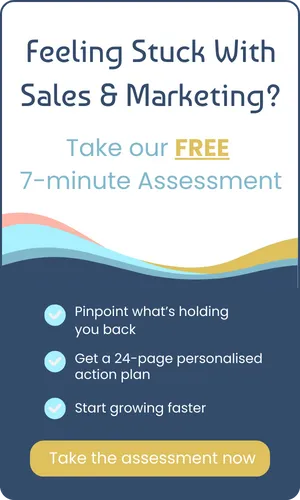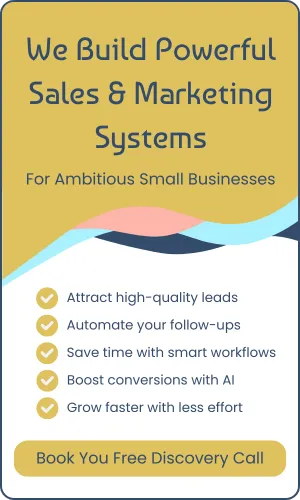Website Accessibility Basics for Small Businesses | UK SME Guide
Accessibility isn’t just about compliance - it’s about customers.
When most small business owners hear “website accessibility,” they assume it’s a technical or legal issue. But accessibility is really about making sure every potential customer can use your website, regardless of ability, device, or age.
In the UK alone, over 14 million people live with a disability, and many rely on accessible websites to interact, shop, and communicate online. Making your website accessible isn’t just the right thing to do; it’s good for business too.
An accessible website means more visitors, better user experience, and even improved SEO because search engines reward clear, structured content that’s easy to navigate.
What “Website Accessibility” Actually Means
Website accessibility means ensuring everyone can:
Read your content easily (including people with visual impairments).
Navigate your site without a mouse (keyboard or voice commands).
Understand images and videos (through alt text and captions).
Access important features regardless of device or screen size.
It’s about removing barriers that stop people from doing what they came to do, whether that’s booking an appointment, buying a product, or finding information.
Why Accessibility Matters For Small Businesses
1. It widens your audience.
Accessible websites reach more people - including those with visual, hearing, motor, or cognitive impairments, as well as older customers who may have different needs.
2. It builds trust and inclusion.
When your site works for everyone, it sends a powerful message that your business cares about all customers. That builds loyalty and word-of-mouth goodwill.
3. It reduces legal risk.
In the UK, under the Equality Act 2010, businesses are expected to make “reasonable adjustments” to ensure digital services are accessible. Having a compliant website helps protect you.
4. It improves SEO and usability.
Search engines favour accessible websites. Clean code, good headings, image descriptions, and fast loading times all contribute to better rankings.
Simple Steps To Make Your Website More Accessible
You don’t need to rebuild your site from scratch. Small changes can make a big difference.
Add alt text to all images
When you upload an image to your website most systems will ask you for “alt text”, this allows you to describe what’s shown in each image so screen readers can interpret it for visually impaired users.
Use clear, high-contrast colours
Avoid light grey text on white backgrounds or neon colours on dark ones. Make sure text stands out clearly.
Write in plain English
Avoid jargon and keep sentences short. Accessibility isn’t just about technology, it’s also about communication.
Add captions or transcripts to videos
This helps users who are deaf or hard of hearing, and it’s good for SEO too.
Make buttons and links easy to see and click
Ensure they’re large enough to tap on mobile and clearly labelled (e.g. “Download Guide” rather than “Click Here”).
Check keyboard navigation
Users should be able to navigate your entire website using only the Tab key.
Test your website
Use free tools like WAVE Web Accessibility Evaluation Tool or Lighthouse to identify accessibility issues.
How Accessibility Improves Everyone’s Experience
The best part of designing for accessibility is that it makes your website better for all users, not just those with disabilities.
Readable fonts, clear layouts, and good contrast help users on mobile devices and in bright light. Subtitles help people watching videos on mute. Logical navigation helps every visitor find what they need faster.
Accessibility isn’t a “special feature” - it’s simply good design that includes everyone.
Final Takeaway
Making your website accessible doesn’t have to be complicated or expensive. Start small, improve contrast, add alt text, simplify navigation - and you’ll instantly make your site more inclusive.
Every improvement you make helps someone access your business more easily, and that’s the ultimate goal.
How Samai Helps
Samai makes accessibility simple and automatic for small businesses.
Samai offers:
✅ Accessible templates designed to meet WCAG standards.
✅ Readable fonts and contrast-checked colour palettes built in.
✅ Alt text and SEO prompts for every image you upload.
✅ Mobile-friendly builder that ensures your site works on every device.
✅ Performance and compliance reporting so you can track improvements.
With Samai, your website doesn’t just look professional - it works for everyone, everywhere.
Want to see how we can help you update your online presence, grow your business, and get things done for you? Book a discovery call and let’s chat.





